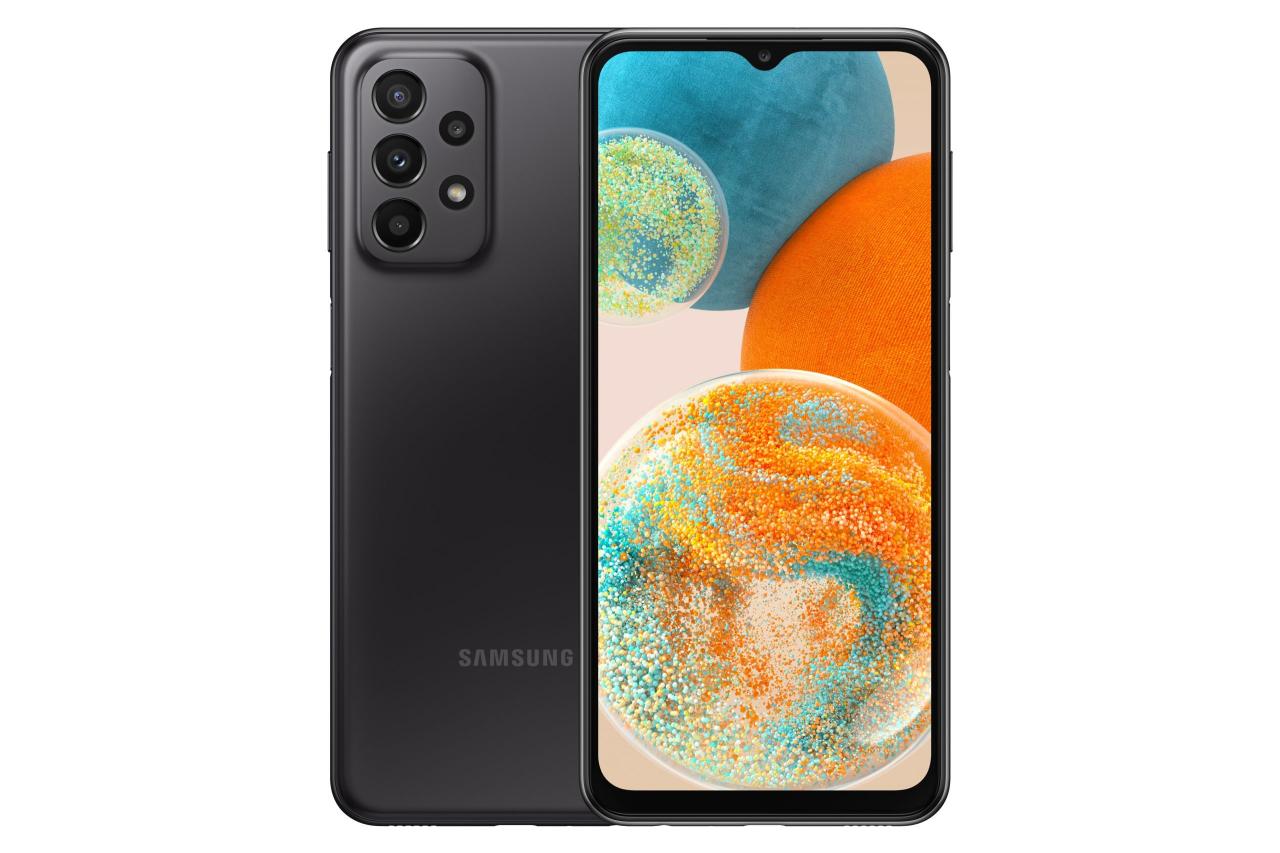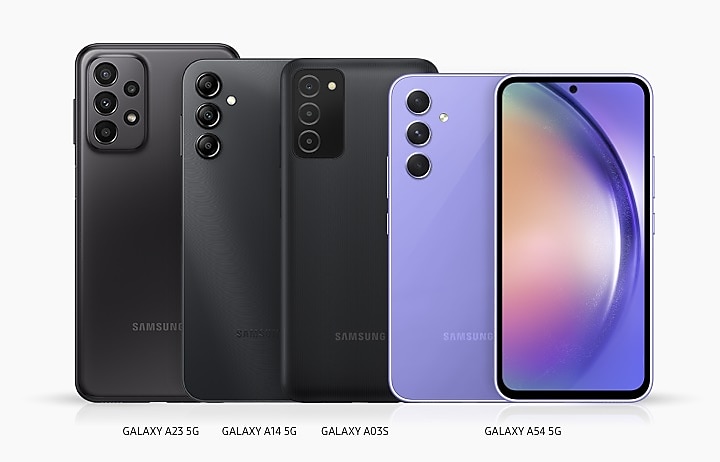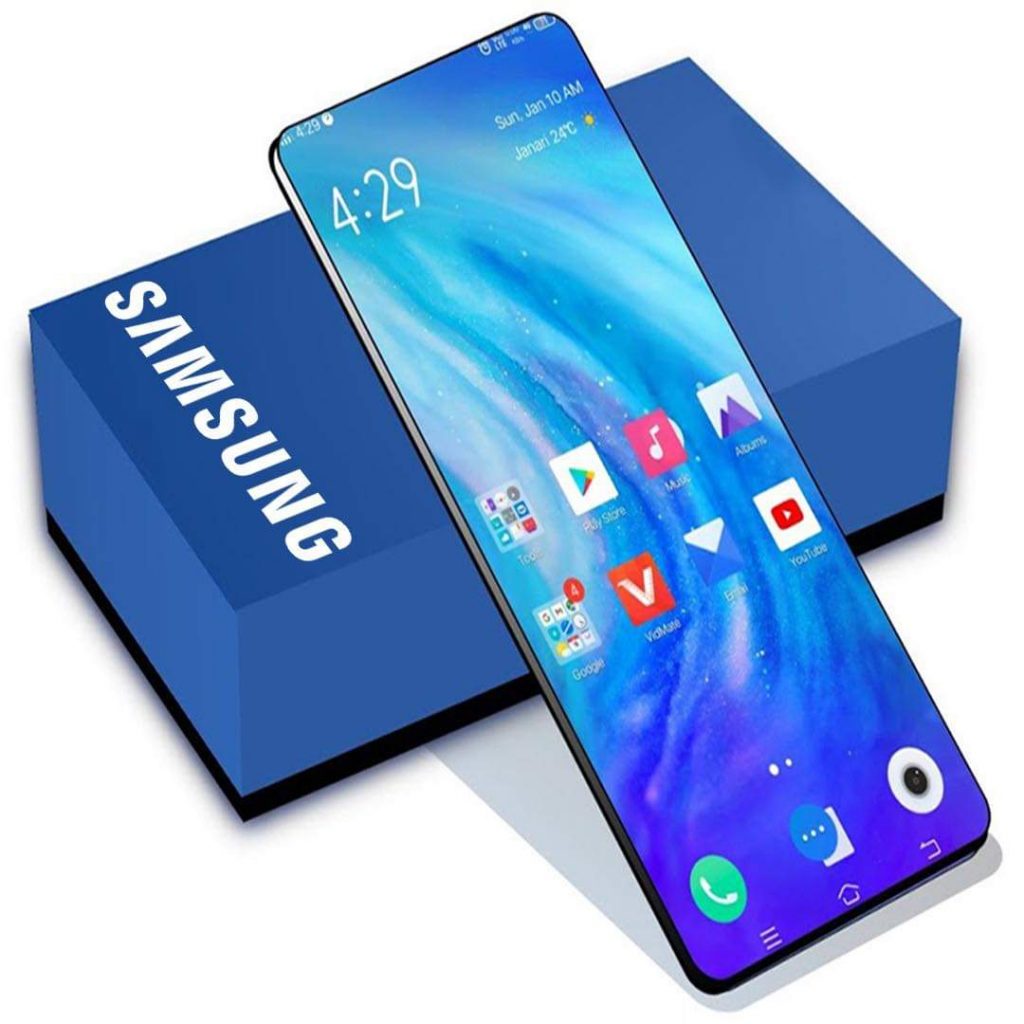samsung note7 stands as a pivotal chapter in smartphone history, known for its impressive features yet marred by infamous battery incidents. This device was not just a technological marvel; it was a bold move by Samsung, targeting tech enthusiasts and professionals alike who sought innovation and functionality in their devices. From its sleek design to the integration of the S Pen, the Note7 aimed to set new standards in the industry.
With a stunning display and high-end specifications, the Note7 sought to outshine its competitors, appealing particularly to users who valued both productivity and entertainment. However, behind the allure of its cutting-edge technology lay significant challenges that would ultimately define its legacy.
Overview of the Samsung Note7
The Samsung Note7, released in August 2016, marked a significant evolution within the Galaxy Note series, blending powerful features with a premium design. It was tailored for professionals, creatives, and tech enthusiasts who sought a robust mobile experience. With its innovative functionalities and sleek aesthetics, the Note7 aimed to set a new benchmark in the smartphone market.
Equipped with a 5.7-inch Quad HD Super AMOLED display, the Note7 presented stunning visuals that enhanced media consumption and productivity. Under the hood, it boasted a Snapdragon 820 processor (or Exynos 8890, depending on the region) and 4GB of RAM, ensuring performance that could handle multitasking with ease. The device was available with either 64GB of internal storage, expandable via microSD, or a cloud storage option, catering to diverse user needs. This device also featured a dual-edge screen design and was IP68 certified for water and dust resistance, making it versatile in various environments.
Target Audience and Market Positioning
The Samsung Note7 was primarily targeted towards business professionals, creative individuals, and tech-savvy users who demanded high performance and advanced features in their smartphones. Its positioning in the premium segment of the market was reinforced by its capabilities, aimed at users who seek productivity-enhancing tools along with a high-quality multimedia experience. The Note7 was also marketed towards those who appreciated the S Pen functionality, appealing to note-takers and artists alike.
Unique Selling Points
The Note7 distinguished itself from other smartphones in the market through several key features and specifications that resonated with its target audience. These unique selling points included:
- S Pen Integration: The highly advanced S Pen offered pressure sensitivity, improved accuracy, and features like screen-off memos, allowing users to jot down quick notes without unlocking the device.
- Display Quality: Its 5.7-inch Quad HD Super AMOLED display provided vibrant colors and deep blacks, making it ideal for viewing photos, videos, and engaging in gaming.
- IP68 Certification: The Note7’s water and dust resistance enabled users to utilize the device in various environments without the worry of damage from spills or rain.
- Dual Edge Display: The curved edge design not only enhanced the aesthetics but also provided additional functionality, such as quick access to apps and notifications.
- Biometric Security: Incorporating both iris scanning and fingerprint recognition, the Note7 offered advanced security options for user data protection.
“The Samsung Note7 redefined productivity and creativity in a smartphone, setting a new standard for mobile devices.”
Incidents and Controversies

The Samsung Note7 was launched amid high expectations, but its legacy became overshadowed by significant battery-related incidents that led to widespread controversy. From the moment it hit the market, the device was plagued with reports of overheating batteries, resulting in fires and explosions. The response from Samsung was immediate yet complex, as they faced the challenge of managing customer safety along with their brand reputation.
The battery-related incidents associated with the Samsung Note7 were alarming and well-documented. Numerous reports emerged shortly after the device’s launch, detailing cases where Note7s ignited or exploded during charging or even in standby mode. These incidents prompted the company to issue a global recall, affecting millions of units sold worldwide. As safety concerns escalated, Samsung took the unprecedented step of halting production entirely to ensure consumer protection.
Company Response to Recalls and Safety Concerns
In response to the escalating situation, Samsung initiated a multi-phase recall process aimed at addressing customer safety and restoring trust. The company encouraged users to power down their devices and return them for a full refund or exchange. Samsung also worked closely with regulatory authorities, including the U.S. Consumer Product Safety Commission, to ensure a coordinated response.
To further mitigate risks, Samsung implemented a “Battery Safety Check” program, which involved extensive testing of replacement batteries. They also established a comprehensive customer support framework, including a dedicated hotline and online resources to keep users informed. This proactive approach was intended to convey the seriousness with which the company regarded these incidents and to reassure consumers regarding their safety.
Impact of Controversies on Samsung’s Brand Image and Sales
The controversies surrounding the Samsung Note7 had a profound effect on the company’s brand image and overall sales performance. Once a leader in innovation and technology, Samsung faced significant backlash, leading to a decline in consumer trust. The Note7 debacle not only tarnished the product’s reputation but also had ripple effects across the company’s smartphone portfolio.
As a result of the incidents, Samsung reported a notable drop in sales figures during the third quarter of 2016, with estimates suggesting a loss of over $5 billion in operating profits. This decline was exacerbated by competitors capitalizing on Samsung’s missteps, leading to increased market share for rival companies. The financial implications were severe, but the long-term damage to Samsung’s brand identity was even more concerning.
In summary, the Samsung Note7 incidents serve as a cautionary tale in the tech industry about the crucial importance of product safety and the potential consequences of oversight. The company’s comprehensive response strategies, while essential for recovering from the crisis, highlight the lasting impact such controversies can have on a brand’s image and consumer perception.
Technological Innovations

The Samsung Note7 was a remarkable feat of engineering, blending advanced technology with user-centric design. Its innovations played a crucial role in redefining the smartphone experience, making it a standout device in Samsung’s lineup. This section explores the cutting-edge features of the Note7, highlighting its significant advancements over previous models and its impact on future devices.
S Pen and Display Technology
The S Pen included with the Samsung Note7 was not just a stylus; it was an embodiment of creativity and productivity. Enhanced pressure sensitivity allowed for fluid writing and drawing, mimicking the feel of traditional writing instruments. The S Pen also featured a finer tip and improved accuracy, which made it ideal for note-taking and artistic endeavors.
The Note7’s display technology was another highlight, featuring a 5.7-inch Quad HD Super AMOLED screen with a resolution of 1440 x 2560 pixels. This display produced vibrant colors and deep blacks, offering an immersive viewing experience. The curved edges of the screen not only contributed to its aesthetic appeal but also provided functionalities such as Edge Panels, offering quick access to apps and tools.
The integration of these technologies set the Note7 apart from its predecessors, like the Note5, which had a less advanced display and S Pen functionalities. By comparison, the Note8 and later models retained the innovative spirit of the Note7 while introducing further enhancements, such as dual-camera systems and improved water resistance.
Manufacturing Processes and Design
The manufacturing processes behind the Samsung Note7 were pivotal in achieving its sleek design and high functionality. The device utilized an aluminum frame paired with a glass back, ensuring durability while maintaining a premium feel. Advanced techniques in glass bending allowed the creation of the curved display, which provided both aesthetic and ergonomic benefits.
Additionally, Samsung implemented rigorous quality control measures during production to enhance safety, particularly concerning battery performance. The Note7’s battery was developed using a new manufacturing process, aimed at maximizing capacity and efficiency while minimizing the risk of overheating.
Samsung’s investment in research and development has led to the creation of cutting-edge components, such as the new 10nm processor, resulting in faster processing speeds and improved energy efficiency. This technological leap not only made the Note7 one of the most powerful smartphones of its time but also set a benchmark for future devices.
“The Samsung Note7 showcased the perfect blend of powerful technology and user-friendly design, setting a high standard for future generations of smartphones.”
Legacy and Influence

The Samsung Galaxy Note7 incident marked a pivotal moment in the smartphone industry, leading to widespread implications for safety standards and design philosophies. The aftermath of this controversy reshaped regulatory practices and influenced both manufacturers and consumers in significant ways, as the lessons learned from this incident continue to resonate throughout the industry.
Long-term Effects on Industry Regulations and Safety Standards, Samsung note7
The Note7’s battery failures prompted an urgent reevaluation of safety protocols within the smartphone manufacturing sector. Following the explosions and subsequent recalls, manufacturers began to prioritize rigorous safety testing and quality assurance measures to prevent similar incidents. Regulatory bodies, including the U.S. Consumer Product Safety Commission (CPSC), increased scrutiny of battery safety testing and established more stringent guidelines for lithium-ion batteries.
- Increased Testing Requirements: Manufacturers are now required to conduct comprehensive safety assessments, including multiple stages of battery testing, to identify potential hazards before products are released to the market.
- Implementation of Safety Standards: New standards, such as the UL 2054 for battery safety, have become more widely adopted across the industry, ensuring that devices meet specific safety benchmarks before being sold to consumers.
- Enhanced Recall Protocols: The Note7 incident led to the development of more effective product recall strategies, enabling faster responses in the case of safety threats.
Influence on Subsequent Smartphone Designs and Features
The repercussions of the Note7’s failures extended beyond regulatory changes; they also significantly impacted the design and features of subsequent smartphones. Manufacturers took a more cautious approach with battery design, focusing on creating safer, more reliable devices.
- Battery Design Innovations: Companies have since adopted safer battery chemistries and employed thermal management techniques to minimize overheating risks. For example, many devices now incorporate heat spreaders and temperature sensors.
- Increased Consumer Transparency: Manufacturers have begun to provide more detailed information regarding battery health, usage guidelines, and safety features to educate consumers about proper device care.
- Shift in Marketing Strategies: Following the Note7 incident, brands have shifted their marketing to emphasize safety and reliability, often highlighting their rigorous testing protocols and safety certifications.
Timeline of Events Surrounding the Note7
The timeline of the Note7’s launch to its discontinuation illustrates the swift evolution of consumer confidence and regulatory response:
| Date | Event |
|---|---|
| August 2, 2016 | Samsung officially launches the Galaxy Note7, receiving positive reviews for its features and design. |
| September 2, 2016 | Samsung announces a global recall after reports of battery explosions surface. |
| September 15, 2016 | Replacement Note7 devices are issued, but further incidents of battery failure are reported. |
| October 10, 2016 | Samsung permanently discontinues the Galaxy Note7 and advises all users to power down their devices. |
Quick FAQs
What were the main features of the samsung note7?
The samsung note7 featured a 5.7-inch QHD display, a powerful Snapdragon 820 processor, 4GB of RAM, and a 12MP dual-pixel camera.
Why did samsung recall the note7?
The recall was initiated due to reports of battery explosions and fires, which posed significant safety risks to users.
What impact did the note7 incidents have on Samsung’s brand?
The incidents caused a considerable decline in consumer trust, leading to a temporary dip in sales and a reevaluation of safety standards in the industry.
How did the note7 influence future smartphone designs?
The note7’s controversies led to stricter safety regulations and a heightened focus on battery technology in subsequent smartphone models.
What was the ultimate fate of the samsung note7?
The samsung note7 was officially discontinued in December 2016 after a series of recalls and safety concerns.
The latest advancements in smartphone technology have led to the development of powerful chip iphone that enhance performance and efficiency. These chips not only improve processing power but also contribute to longer battery life, making iPhones more reliable than ever. In contrast, devices like the samsung galaxy s 4 showcase an older generation of technology, but still hold a nostalgic value for many users due to their iconic design and functionality.
While the chip iphone represents the cutting edge of mobile technology, offering remarkable speed and capabilities, the samsung galaxy s 4 remains a beloved option for those who appreciate its user-friendly interface and solid performance. This contrast highlights how rapid advancements can create a diverse landscape of choices for consumers, each with its own strengths.